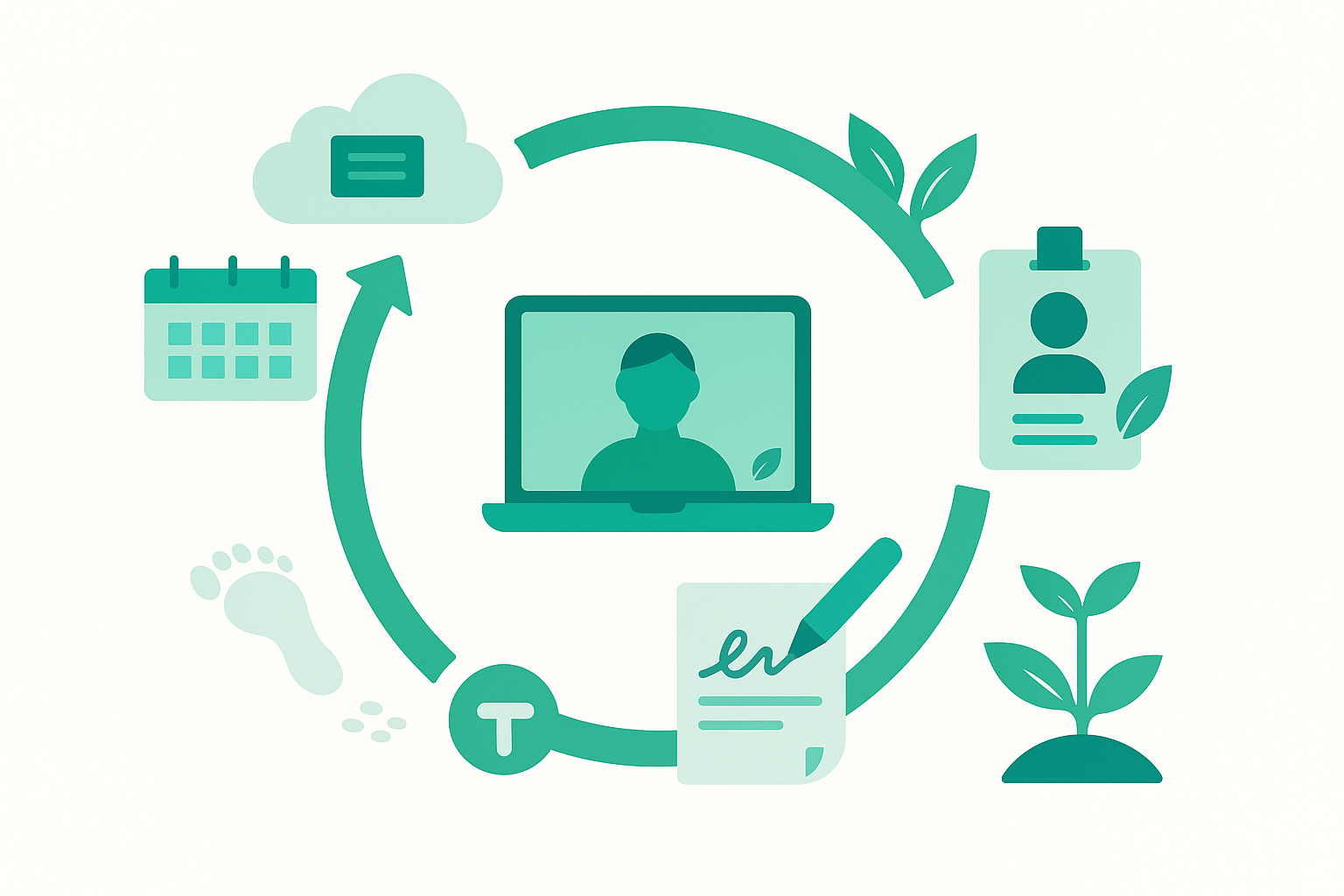The pros and cons of working from home
Teresa Romanovsky • August 3, 2021
There are mixed schools of thought with the enforced widespread working-from-home phenomenon that has taken the pandemic-stricken world by storm. Whilst some people thrive on spending more time with their families, pet dogs, cats and goldfish, others are quite literally craving human interaction.
It’s been a long time since Australia has seen such a shakeup in the workplace. In fact, since World War II. With the advancement of digital technology and communications, there were attempts to encourage working from home in the 1990s to answer significant traffic congestion and pollution in heavily populated cities.
By relinquishing the daily commute, workers can better balance their home and family responsibilities, reconsider their housing locations, and improve their lifestyle. According to the National Growth Areas Alliance survey, full time workers can save the equivalent average of over AUD 8,000 per year in transportation costs. Businesses are reconsidering and reducing their rental footprint because fewer people are frequenting the office. Already, traffic emissions and congestion have been reduced.
There are also shortcomings associated with working from home, however. Employees report a lack of team engagement and much less activity within their city centre working environments. It's too early to tell what the long term effects will be on productivity, but it is clear that lack of face-to-face interaction and knowledge sharing could be detrimental.
The pandemic has shown that large-scale working from home can be done for some industries but not for others. If remote working continues at the current rate, the infrastructure of towns and cities will be forever changed.
Even before coronavirus took hold of our cities, experts were already reconsidering the commercial real estate landscape. More and more companies were downsizing, erring towards shared office spaces and developing teleworking processes and policies. The pandemic has prioritised the need for healthier buildings, more efficient homes and much more flexible working spaces. The fight to find solutions for coronavirus and the development of vaccinations has been exponentially elevated. Many office blocks have been converted into lab space, life-science and e-commerce facilities and apartments.
There is so much change, and creatives find that although virtual interaction is more common, close-knit teams are beginning to fragment as people feel more isolated. When personal relationships and connections are fractured, people tend to stop innovating, making it harder to generate new ideas.
Screentime is notoriously bad for us and can lead to a plethora of severe illnesses and concerns. Obesity is on the rise, leading to poor heart health and a risk of increased blood pressure, cholesterol levels, and diabetes. The light emitted from electronic devices interferes with our circadian sleep cycles and leads to poor mental and emotional wellbeing. Sitting at your computer all day can also lead to chronic neck and shoulder pain. Companies are already encouraging Zoom-free Friday’s to inspire workers to spend time away from their screens.
Microsoft recently surveyed their extensive team. Interestingly, despite all of their concerns about human connection and brainstorming, they still aspire to continue and improve flexible working choices in the future. Not only do high tech firms want to consider their workforce, but financially they also understand that it encourages subscriptions to cloud-based collaboration tools. Retail firms are also seeing a surge in online sales driven by jaded, unmotivated workers. At a corporate level, employers are seeking hires that are better and cheaper regardless of terrestrial location.
Imagine the challenges that we would face if the pandemic were before the advent of communication and artificial intelligence. Modern technology and AI is part of our daily routine. We rely on conversations with imagined agents like Siri and Alexa. Taking it one step further, AI robot coaches, such as Woebot, can enhance leadership abilities, empower us to thrive in the workplace and combat mental issues by tracking our moods.
From a recruitment angle, the renowned human resources advisory and research firm, Future Workplace, discovered through studies that only five per cent of remote workers could imagine long term employment with their current employer, which compared to a staggering 30 per cent of office workers who would remain. The reason is a lack of face-to-face motivation and engagement. AI-powered tools can help diminish these concerns by optimising employee occupation through sentiment analysis and creating a real-time snapshot of actual engagement. Is this really enough? It's essential to have a sense of belonging and purpose within an organisation. This includes highs, lows, losses and successes, and an understanding of our various strengths and weaknesses.

Recruitment may not be the first industry you think of when it comes to carbon emissions. Yet the environmental footprint of traditional hiring practices is larger than many realise: flights for interviews, paper-heavy processes, in-person assessments that involve travel and energy use. All of these add up. At the same time, “sustainable recruitment systems” are proving to be far more than a buzzword. They are helping organisations reduce waste, attract values-driven talent, and future-proof their workforce strategies. In other words, green hiring is both a moral and a commercial imperative .

At this year’s ReGen Expo , the programme was thoughtfully divided into two key tracks: The Resource Stage , focused on innovations in recycling and resource recovery. The Circularity Stage , showcasing upstream redesign, system change, and regenerative business models. Both matter, but they’re not the same. Recycling plays a critical role in reducing what ends up in landfill. But circularity reaches further, asking how we might design waste out altogether . In short: If recycling is like treating the symptoms, circular processes are like building a lifestyle that prevents the illness in the first place.

A Sobering Reality Check Australia’s emissions reduction report card is in, and it makes for uneasy reading. Strip away land use changes, and national emissions have dropped just 3% since 2005. While federal targets remain focused on achieving net-zero by 2050, progress is painfully slow across energy, transport, and industrial sectors. Politicians may debate policy, and analysts may point to infrastructure bottlenecks, but there’s a more human variable we urgently need to talk about: talent. Could the decarbonisation lag be less about ambition and more about our inability to scale the workforce to match?
